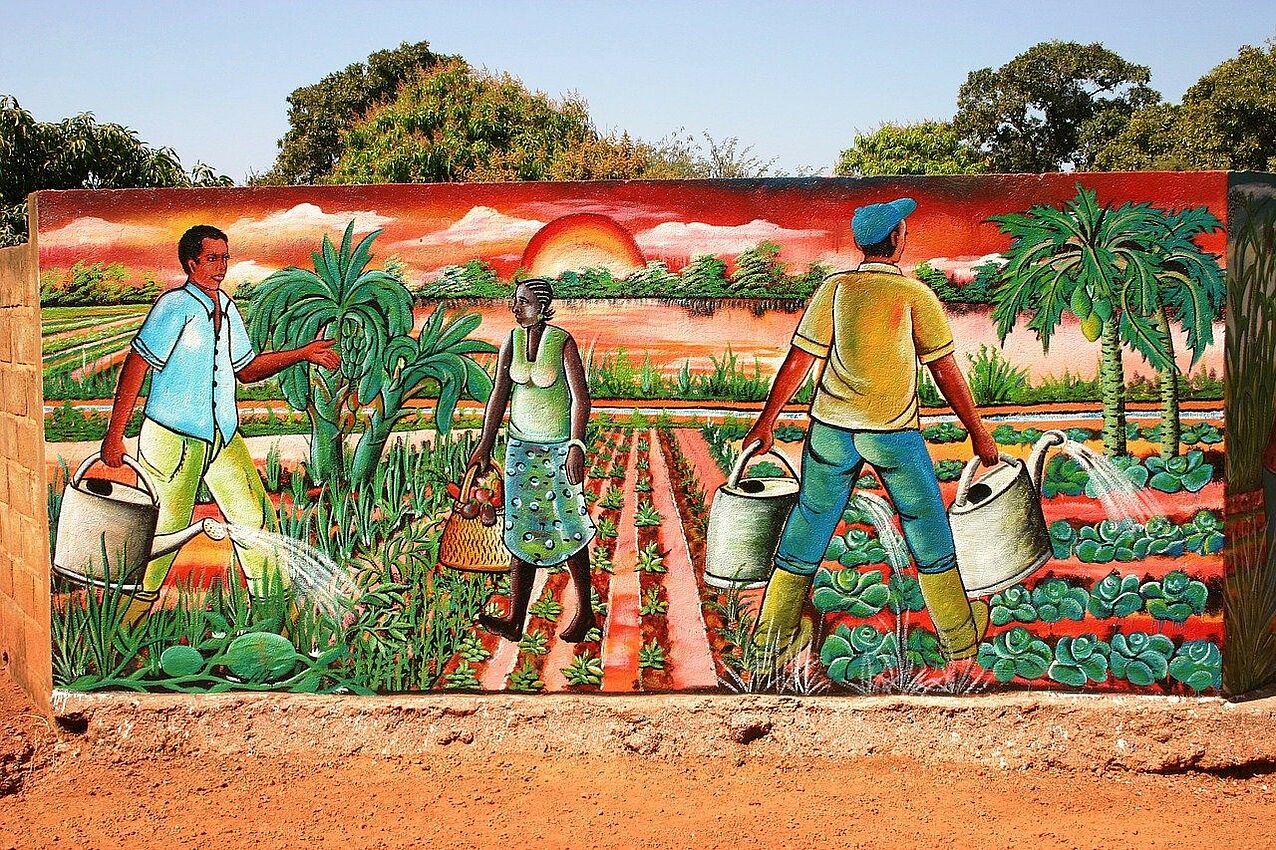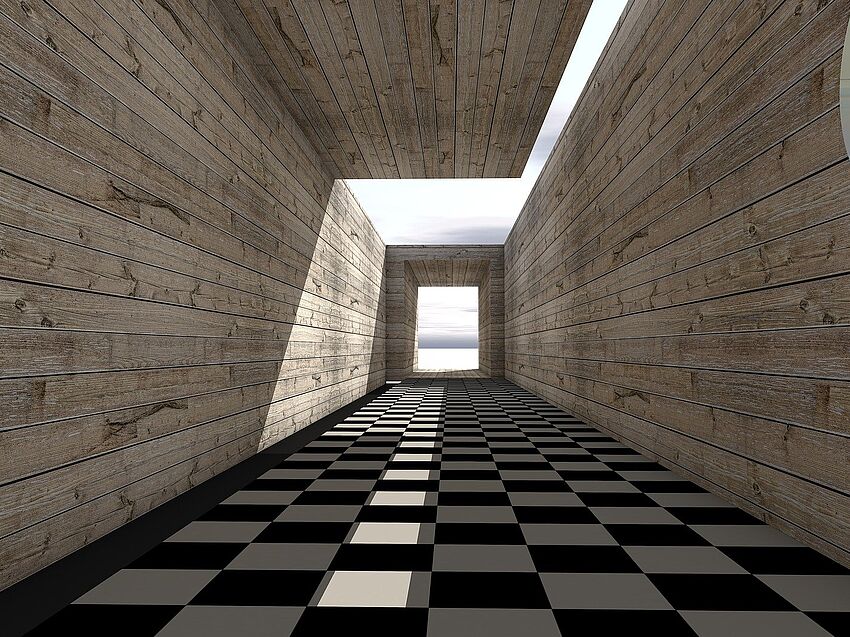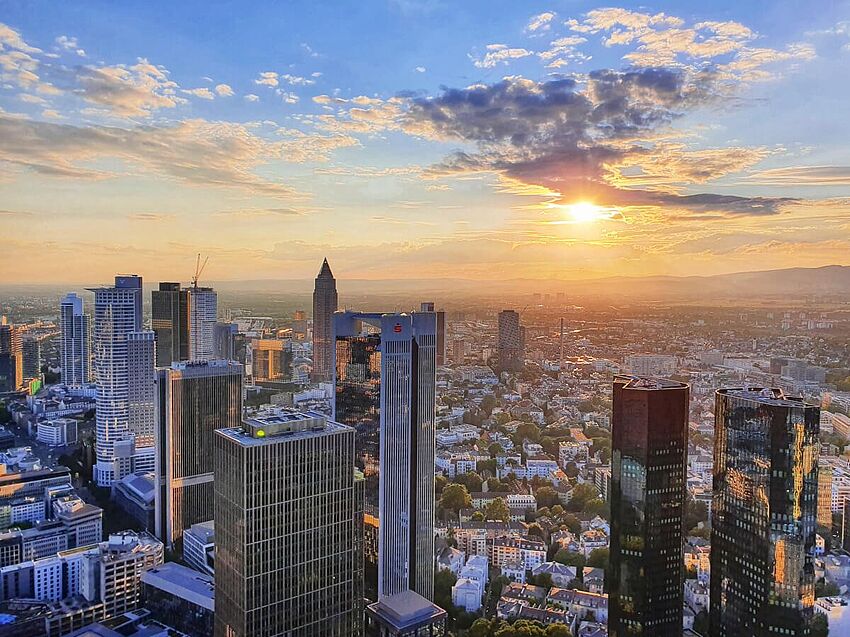The 20 most expensive buildings in the world: from super mosques to luxury casinos
Construction in poor countries like Burkina Faso or Rwanda presents major challenges to architects. The quality of life of local people is to be improved, but this is to be done without impairing architectural functionality. Read this article to find out sustainable architecture can be created and how a vertical farming skyscraper is to combat hunger in Africa.

African sphere of activity
Africa is a huge continent with many countries. Some of them are economically very well-established, such as South Africa or Nigeria. Other nations, especially in the sub-Saharan Africa, have been battling hunger and poverty for many decades. For example, there is a lack of infrastructure and stable political institutions. There are many workers, but building materials are expensive and difficult to procure. Architects who want to build in poor African countries have to overcome these challenges. Different principles apply in order to create sustainable architecture here.
Cooperation with different local partners
Modern architecture in developing countries is usually found in public institutions, such as museums and schools. However, entire residential housing areas are being created through innovative building methods. In order to gain the necessary acceptance of the local population and to be able to finance the project, architects usually work together with a network consisting of non-governmental organizations (NGOs) and local partners.
Requirements for sustainable building in poor countries
When designing the building, they reduce the individual elements to the essentials. The structures are primarily to be aligned with the needs of people. Sustainable architecture is created, because local materials and craft traditions are used. For example, the architect Dominikus Stark relied on locally made bricks for the masonry, handmade wickerwork for doors and papyrus ceilings in the interior for a vocational training center in Rwanda. Compacted clay and bamboo were used as building materials on a project in Burkina Faso. Due to the climatic conditions, cooling systems are integrated in the building that use the building substance as a storage mass. The idea of the architects Lipiński and Frankowski even takes it a step further in terms of sustainability.
Mashambas Skyscraper – a skyscraper for sustainable development
Pawel Lipiński and Mateusz Frankowski took first place in the Evolo Skyscraper Competition 2017 with the model for a vertical farming skyscraper. The focus of their project is a skyscraper in modular design, which is to serve as a vocational training center for agriculture. On the ground floor of the building is a huge market place where farmers can sell their products. Above this are curved modules where storage rooms, classrooms and cultivation areas are found. The project is especially aimed at local communities in sub-Saharan Africa, which are particularly affected by hunger and poverty.
In many regions of Africa, there is fertile land, but the local people lack the knowledge and technology to be able to cultivate the land. Farmers can obtain this knowledge in the Mashambas skyscraper. If they produce more food than they need, the excess can be transported into the poor surrounding areas by using drones. The architects can thus create a modern infrastructure. Ultimately the local community is to become self-sufficient – the architects are teaching them to help themselves. Once the objective is reached, the tower can be dismantled and rebuilt in another location. This makes it possible to economically develop other poor regions in Africa.
Sustainable architecture in Africa creates identities
Sustainable building in Africa is not just measured by the environmentally-friendly materials used. It is also not just about an idealistic development aid, because architects have to overcome a number of legal, financial and organizational difficulties before their buildings can become a reality. Sustainable architecture is created in the poor countries of Africa and around the world when local people are helped to help themselves. In addition, the modern structures create identities due to the cooperation with local partners and serve as beacons of hope to many people.
The mega cities of the future face very different challenges, but architects are using a similar principle as in Africa: They are building upward, such as with vertical factories.



